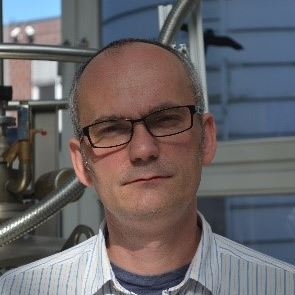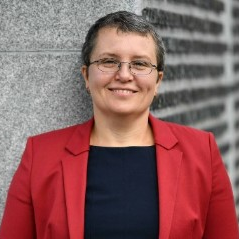Energy Processes, Systems and Equipment
A special issue of Energies (ISSN 1996-1073).
Deadline for manuscript submissions: closed (20 December 2020) | Viewed by 49005
Special Issue Editors
Interests: thermodynamics; heat transfer; computational fluid dynamics; capillary flow at microgravity conditions; pulsation/oscillation heat pipes; superfluid helium; superconducting magnet
Interests: methods standardization; odor emission regulation; air quality monitoring; dynamic olfactometry; odor mapping; odor modeling
Special Issues, Collections and Topics in MDPI journals
Interests: organic Rankine cycle (ORC) systems; thermodynamics; heat transfer; waste energy recovery; renewable energy; energy management; volumetric machines
Special Issues, Collections and Topics in MDPI journals
Special Issue Information
Dear Colleagues,
Since the beginning of humankind, energy has been the most important need for each human and living being. Thus, the development of different ways of energy conversion that can be applied to cover growing energy needs has become a crucial challenge for scientists and engineers around the world, making the power industry, in which operation is based on subsequent energy conversion processes, one of the most important fields of the local, national, and global economy today. Progress in precise description, modeling, and optimization of physical phenomena related to the energy conversion processes bounded to large and dispersed power systems is a key research and development field of the economy. It should be also noted here that detailed analysis related to individual input parameters and components that are directly or indirectly influencing the energy conversion chains should be conducted in order to achieve the final effect of high-efficient power industry. Legal and social issues that are affecting the key aspects and problems related to energy conversion and power sector are also significant and worth investigating.
This Special Issue aims to publish selected papers from the XV Scientific Conference POL-EMIS 2020: Current Trends in Air and Climate Protection—Control Monitoring, Forecasting, and Reduction of Emissions (June 29 – July 1, 2020, Wroclaw).
Conference page: http://pol-emis.pwr.edu.pl/en/
Conference publications offer: http://pol-emis.pwr.edu.pl/en/programme/call-for-papers
Topics include but are not limited to:
- Fuels and their applications;
- Thermal energy and energy storage;
- Thermal and flow processes—mathematical and numerical modeling;
- Systems optimization;
- Ecological and legal aspects directly related to the usage and generation of heat and electricity.
Prof. Sławomir Pietrowicz
Prof. Izabela Sowka
Prof. Piotr Kolasiński
Guest Editors
Manuscript Submission Information
Manuscripts should be submitted online at www.mdpi.com by registering and logging in to this website. Once you are registered, click here to go to the submission form. Manuscripts can be submitted until the deadline. All submissions that pass pre-check are peer-reviewed. Accepted papers will be published continuously in the journal (as soon as accepted) and will be listed together on the special issue website. Research articles, review articles as well as short communications are invited. For planned papers, a title and short abstract (about 100 words) can be sent to the Editorial Office for announcement on this website.
Submitted manuscripts should not have been published previously, nor be under consideration for publication elsewhere (except conference proceedings papers). All manuscripts are thoroughly refereed through a single-blind peer-review process. A guide for authors and other relevant information for submission of manuscripts is available on the Instructions for Authors page. Energies is an international peer-reviewed open access semimonthly journal published by MDPI.
Please visit the Instructions for Authors page before submitting a manuscript. The Article Processing Charge (APC) for publication in this open access journal is 2600 CHF (Swiss Francs). Submitted papers should be well formatted and use good English. Authors may use MDPI's English editing service prior to publication or during author revisions.
Keywords
- Energy conversion
- Fuels
- Energy storage
- Ecological and legal aspects
Benefits of Publishing in a Special Issue
- Ease of navigation: Grouping papers by topic helps scholars navigate broad scope journals more efficiently.
- Greater discoverability: Special Issues support the reach and impact of scientific research. Articles in Special Issues are more discoverable and cited more frequently.
- Expansion of research network: Special Issues facilitate connections among authors, fostering scientific collaborations.
- External promotion: Articles in Special Issues are often promoted through the journal's social media, increasing their visibility.
- Reprint: MDPI Books provides the opportunity to republish successful Special Issues in book format, both online and in print.
Further information on MDPI's Special Issue policies can be found here.








